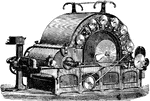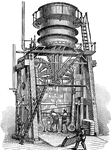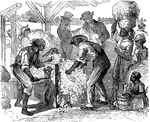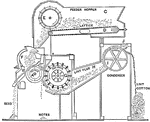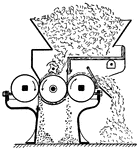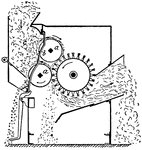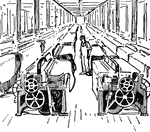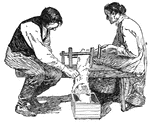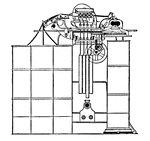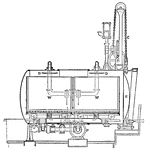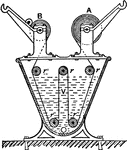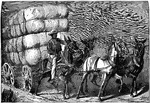The Textile Manufacturing ClipArt gallery offers 103 illustrations of ginning, scutching, carding, spinning, weaving, knitting, and finishing of cotton, wool, and other fibers. This gallery illustrates commercial scale processes. For illustrations of hand weaving, please see the Fabric Arts gallery in the Crafts section.

Bobbin
A small cylindrical piece of wood or metal with a border at one or both ends, on which thread is wound;…

Sectional View of a Carder
An sectional illustration of a carding machine. Carding is the processing of brushing raw or washed…
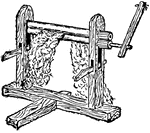
Churka Gin
Cotton manufacturing. Fig. 3, churka gin: cotton is crushed between wooden rollers by hand power.

Cotton Centennial
A cotton press yard of the Cotton Centennial in the 1884 World's Fair in New Orleans, Louisiana.
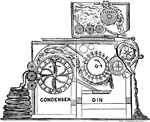
Cotton Gin
A section of the cotton gin, showing the cotton passing frrom the feeder over the cylinders.
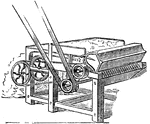
Cotton Gin
A Cotton Gin (short for cotton engine) is a machine that quickly and easily separates the cotton fibers…
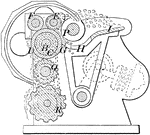
Cotton Gin Machine
This mechanical drawing of a cotton gin depicts internal moving parts, where the machine was intended…
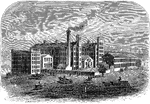
Cotton Mill
An illustration of a cotton mill in Columbus, Georgia. A cotton mill is a factory housing spinning and…

Cotton Press
An illustration of a cotton press which presses the cotton into compressed bundles which is helpful…

Picking and Loading Cotton
An image showing the process of picking cotton and then loading it upon merchant ships.
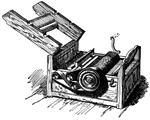
Eli Whitney's Cotton-Gin
Whitney's cotton gin had a permanent influence on America's slavery. With-out a cotton-gin a slave could…

Dobby Motion
Cotton manufacturing. Fig. 4D, Dobby motion: The knife beam (A), rises and falls with the motion of…
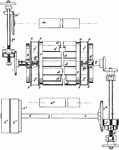
Cloth Napping Machine used for Teaseling Woolen Cloth
This gig mill uses a rotating drum head which carries a series of rotating napping roles. This machine…
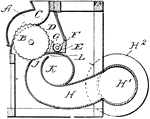
Cotton Gin
A machine that separates the seeds, seed hulls, and other small objects from the fibers of cotton.
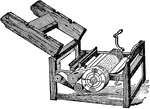
Cotton Gin
Invented by Eli Whitney, the cotton gin is a machine that quickly separates the cotton from the seeds.
Wire Heddle
One of the sets of vertical cords or wires in a loom, forming the principal part of the harness that…

Jacquard Machine and Harness
Originally the Jacquard machines were mechanical, and the fabric design was punched in pattern cards…

Jacquard Motion
Cotton manufacturing. Fig. 5D, Jacquard motion. The hooks are held upright by rods connected by spiral…

The Spinning Jenny
"The modern system of cotton manufacture dates no further back than back 1760. Prior the mechanical…

Jute
Jute, also known as Calcutta Hemp, is a fiber obtained from several species of the genus Corchorus of…

Carding Process in the Manufacuring of Jute
After the softening process in the manufacturing of jute, the fibers are about six feet long, and are…

Drawing Process in the Manufacturing of Jute
After the carding process in the manufacturing of jute is completed, the jute is taken into the drawing…

Roving Process in the Manufacturing of Jute
After being drawn through the drawing frames during the manufacturing process, the jute slivers are…

Softening Process in the Manufacturing of Jute
In the manufacturing of jute, the jute fiber must first be softened. The softening machine consists…

Spinning Process in the Manufacturing of Jute
In the last step of the manufacturing process of the jute plant, the material is taken on bobbins to…




